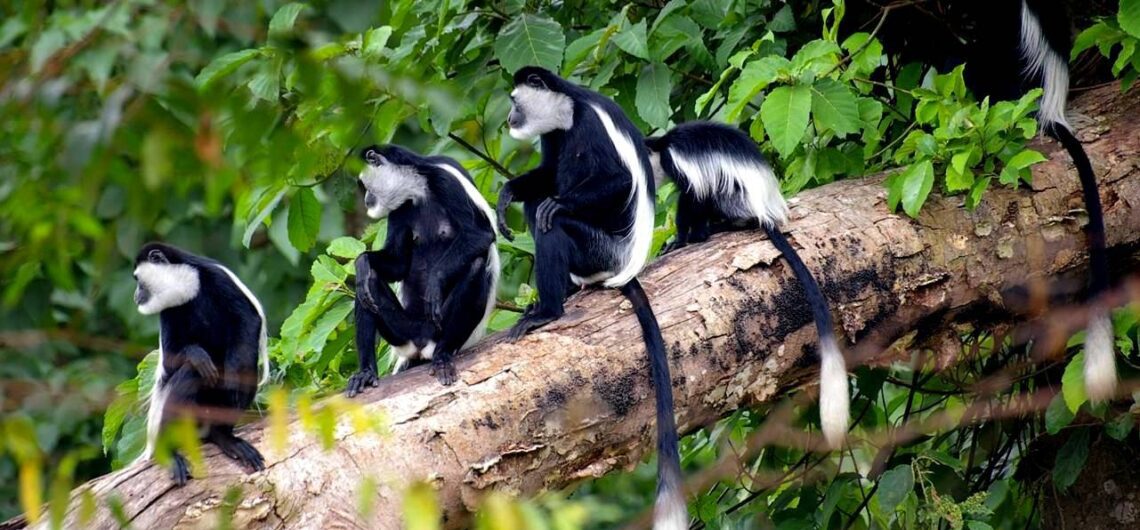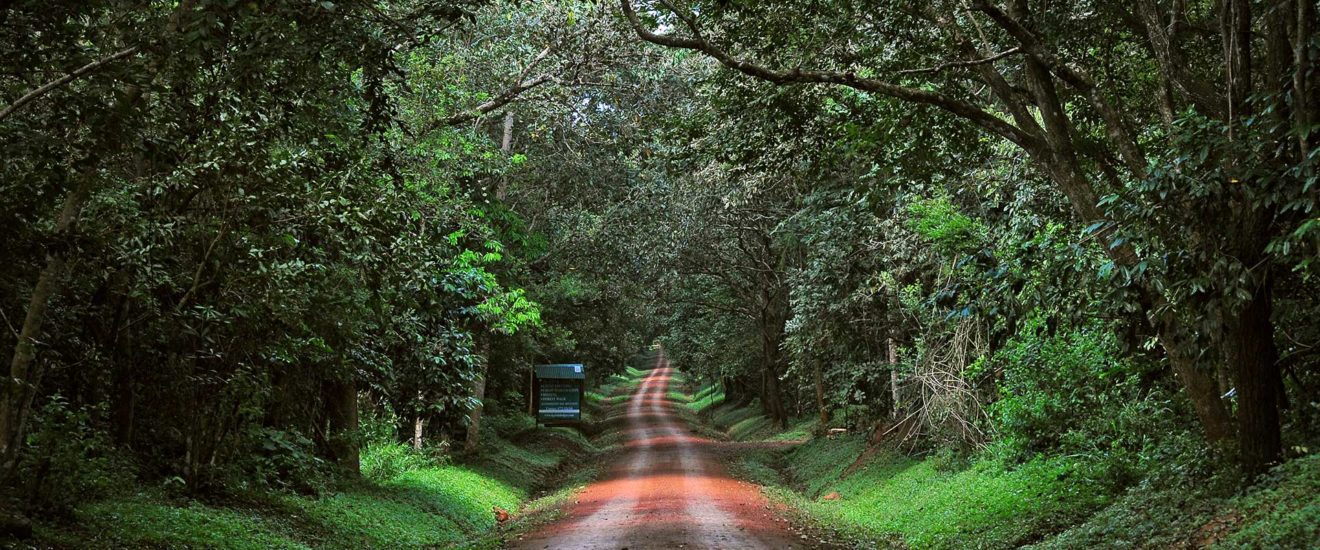Budongo Forest Uganda
On the road to the well-known Murchison Falls National Park, Budongo Forest is located about three hours’ drive to the northwest of Kampala, the country’s capital. The largest mahogany forest in all of East Africa may be found here, and it is also home to the majority of Uganda’s chimpanzees.
The Kaniyo Pabidi Ecotourism Site, Busingiro Ecotourism Site, and Kaniyo Pabidi Ecotourism Site are the three most popular tourist destinations in this forest. All three are situated on the edge of Murchison Falls Park and are dominated by mahogany and ironwood trees.
The 115-kilometer length of the Budongo forest is a secluded area. Sometimes its solitude provides a safe haven for lions, leopards, and buffaloes. The best time to start a tour is early in the morning because you will have a better chance of seeing some of the forest animals licking salt near the woodland glades. Throughout this woodland, the River Waiga provides refreshment to a variety of Uganda safari wildlife species.
Chimpanzee Tracking on Visit to Budongo Forest Uganda
The experience of Chimpanzee tracking in Budongo forest is given top emphasis here. The chance of encountering chimpanzees decreases to roughly 50% from October through January because they roam around a lot and cover a larger area during this period when fruits are in shorter supply. Thankfully, there are a variety of lodging options accessible from which you can base your Uganda excursions, chimpanzee trekking, and thrilling forest hikes.
Birding in Budongo Forest
Birding: The Royal Mile, which runs from Nyabyeya Forestry College to the research station, considers the forest to be one of the best locations in Uganda for a guided bird viewing tour. More than 360 different bird species have been recorded in this forest, which will undoubtedly reward you with an incredible birding safari experience in this magnificent woodland in Uganda. There are also 24 mammals, nine of which are primates, 465 tree species, 290 butterfly species, 130 moth species, and 465 tree species.
The Budongo Forest reserve, one of Uganda’s most important birding locations, is situated on an escarpment to the northeast of the magnificent Lake Albert. A 42 800-hectare medium altitude moist semi-deciduous green forest with savanna and woodland parts makes up the forest’s main feature.
This forest reserve is situated on a gently rolling terrain with a long slope toward the vast Rift Valley in the north-northwest. Four tiny rivers—Waisoke, Sonso, Bubwa, and Wake—that flow into Lake Albert serve as the drainage for this forest. The Budongo features five main types of forests, including: mixed, colonizing, mixed Cynometra, swamp-forest, and so on.
Tropical high-forest ecosystems cover the majority of this forest reserve. Almost half of the site is covered by the mid-altitude semi-deciduous Cynometra-celtis forest, while the Combretum savanna is widespread in the drier areas. Kaniyo Pabidi and Busingiro both have eco-tourism destinations.
The variety of Murchison Falls National Park makes it the ideal location for Uganda safaris and quick weekend getaways for nature and wildlife enthusiasts.
The Budongo woodland is home to two endemic bird species that are not found elsewhere in East Africa. The Semliki National Park is the most significant forest in Uganda containing species from the Guinea Congo Forest-Biome, with this forest coming in second place.
In mature forests, the Yellow-footed Flycatcher, also called as Budongo in Uganda, was plentiful, but it is now incredibly difficult to spot. A new addition, Illadopsis puveli, is not found anywhere else in East Africa. Several other bird species, such as the Zoothers camaronensis, Ceratogymna fistulator, Neafrapus cassini, Batis ituriensis, Smithornis rufolateralis, Sylvietta denti, and Ixonotus guttatus, place Budongo among the best bird-watching locations in East Africa.
These many species can also be found in a small number of other Ugandan woodlands. The Pitta reichenowi and Parmoptila woodhousei are two rare woodland birds that have recently been found in the forest on multiple occasions. With a large, well-maintained 115-kilometer truck system, bird observation is effectively facilitated within this forest.



Comments